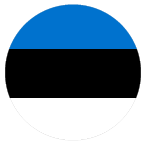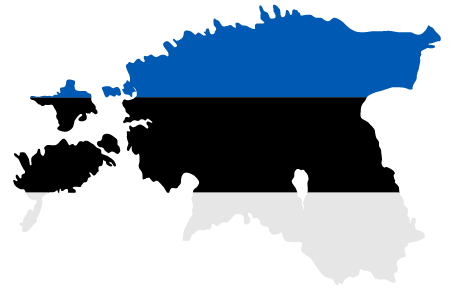Estonian Translation Services

Language History
Estonian is part of the Finnic branch of the Uralic language family. Some of the oldest Estonian writings date back to the 1520s. The first book written was Wanradt-Koell Catechism in 1535, which was a collection of religious translations of the Kullamaa prayers.
The language’s history goes back centuries where Estonia was under Danish, Swedish, Teutonic, and Russian rule. In fact, Russian was declared the official language of the country back in 1721 when it belonged to the Russian Empire. Later, in 1940 and during World War II, Estonia was occupied by the Soviet Union and soon after by the Germans by 1944. It wasn’t until 1990, when Estonian was declared the official language of the country again, as a result of Estonia’s independence.
According to MustGo, Estonian is spoken by around 1 million people in Estonia and approximately 100,000 in other countries worldwide.
Where is Estonian Spoken?

FACT
by and has many loanwords from German and Swedish.
Did you Know?
For example – “isä” (Finnish) and “isa” (Estonian), meaning “father” and “kuningas” (Finnish) and “kuningas” (Estonian), meaning “king”.Amharic is the second most spoken Semitic language in the whole
“According to the Foreign Service Institute, Estonian is the fifth hardest language to learn.``
4 Easy Phrases in Estonian!
Population vs. Internet Penetration
Estonia Population:
1,326,535
Internet Users:
1,276,521
Penetration:
96.2%
As of 2020. Source:
www.internetworldstats.com
Dialects
Estonian Translation Tips
• Estonian nouns are not marked according to gender.
• They have two numbers (singular and plural) and a whopping 14 cases!
• Estonian verbs have two tenses – past and present. There is no future tense!
• They have three moods: indicative, conditional and subjunctive.
• Word order in the Estonian language is Subject-Verb-Object.





